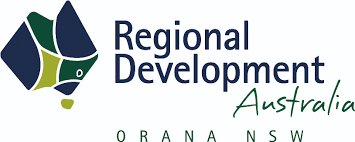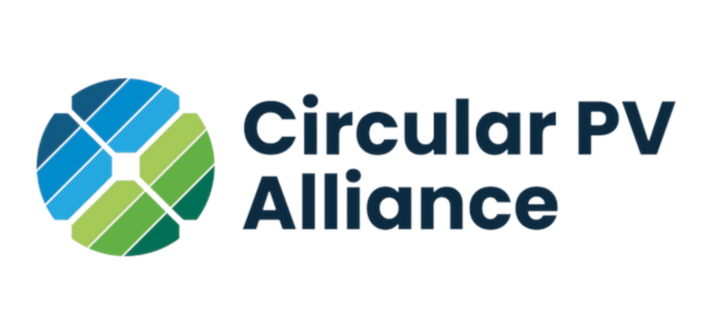Emissions reduction projects and renewables show growth in third quarter, despite pandemic challenges
Australia is deploying new renewable energy capacity ten times faster than the global average (on a per person basis), and the share of renewable energy in Australia’s electricity generation is expected to reach around 30 per cent by the end of 2020

Australia continues to be a world leader in renewable energy and there has been a step up in Emissions Reduction Fund (ERF) projects this year, according to the Clean Energy Regulator’s latest Quarterly Carbon Market Report.
Despite COVID-19 restrictions almost halving rooftop solar installation rates in metropolitan Melbourne in August and September, Australia remains on track for a record 2.9 gigawatts (GW) of new rooftop capacity in 2020. The previous record was 2.2 GW installed in 2019.
Modelling commissioned by the Clean Energy Regulator forecasts investment in rooftop solar will remain strong, indicating installed capacity could double over the next four years to 26 GW.
The report also reveals there has been more investment in large-scale renewables in the first nine months of 2020 (2.5 GW) than in the whole of 2019 (2.3 GW), a remarkable achievement in what can only be described as a uniquely challenging year.
Minister for Energy and Emissions Reduction Angus Taylor said the report shows Australia is and will continue to be a world-leader in renewable energy.
The Grid Reliability Fund will support investment in new generation, storage and transmission projects that will put downward pressure on prices and enable continued investment in renewables.
The September quarter also saw a highly successful ERF auction with 7 million tonnes of abatement purchased, up from 1.7 million tonnes in the previous auction.
In a sign of continuing strength, the volume of new ERF projects has also increased, with 44 new projects registered between July and September. These projects are estimated to deliver 36 million tonnes of abatement over their lifetime. 87 new projects were registered in the first nine months of the year, more than triple the number of projects registered in the whole of 2019.
“Interest in soil carbon projects is emerging with a pipeline of 50 soil carbon applications on hand,” Minister Taylor said.
“This is a welcome trend that can help bring new income streams to Australia’s farmers as well as boosting agricultural yields and resilience.
The Government provided an additional $40.4 million to the Clean Energy Regulator through the 2020-21 Budget, to halve the time it takes to develop new ERF methods and reduce the costs incurred by businesses as they register projects and trade Australian carbon credit units.















